Efforts to end the war in Ukraine seem to be overdrive as multiple negotiation tracks are underway but none has yet resolved the fundamental clash between Russia’s territorial ambitions and Ukraine’s insistence on sovereignty and long-term security guarantees.
A series of talks involving the United States, Ukraine, Russia, and European governments has brought new proposals and counter-proposals into circulation.
These include a 28-point peace plan that surfaced publicly after it was leaked.
The document, attributed to the mediation efforts of US President Donald Trump’s personal friend and envoy Steve Witkoff, immediately triggered alarm among Ukrainian and European policymakers who believed it tilted toward Russia’s long-standing objectives.
The plan contained provisions requiring Ukraine to withdraw from parts of the Donbas that it continued to hold, to relinquish its bid for Nato membership, and to limit future military cooperation with the West.
In Geneva, US and Ukrainian officials attempted to stabilise the fallout by announcing that they had agreed on what they called an “updated and refined peace framework” to guide future steps.
Russian President Vladimir Putin later stated that these discussions did not constitute a full draft treaty. Healso acknowledged that Washington and Kyiv had subdivided the 28 points into four major components and shared the revised version with Moscow.
Putin, speaking during his visit to Central Asia, welcomed this development as a potential foundation for later agreements, saying, “In general, we agree that this could be the basis for future agreements. We see that the American side takes into account our position.”
This interpretation was complicated by leaks suggesting that Russian officials close to Putin believed they had significant influence over the structure of the plan.
In one leaked call published by Bloomberg, Kirill Dmitriev, head of Russia’s sovereign wealth fund, purportedly remarked that, “We’ll just make this paper from our position,” and that even if US officials did not follow it exactly, “at least it’ll be as close to it as possible.”
Another recording allegedly captured Witkoff advising a top Kremlin aide on favourable messaging for Putin to use with Trump.
Putin subsequently dismissed suggestions that Witkoff was biased towards Moscow, saying, “It would be astonishing if he … rained curses down upon our heads, was very rude and then arrived to develop ties with us.” He described Witkoff as a patriot representing U.S. interests.
What are Putin’s demands to end the war in Ukraine?
Russian territorial demands
A central pillar of Putin’s demands is recognition of the territories Russia currently occupies.
Since annexing Crimea in 2014, Russia has expanded its control across parts of southern and eastern Ukraine, and by this year held more than 19 per cent of the country’s landmass — around 115,600 square kilometres.
This represents a marginal territorial increase compared to two years earlier but reflects the most rapid pace of Russian territorial expansion since 2022.
Putin has repeated that Ukraine must pull its forces out of the regions Russia claims before the Kremlin will agree to halt operations.
During recent comments, he reiterated, “Ukrainian troops must withdraw from the territories they hold, and then the fighting will cease. If they don’t leave, then we shall achieve this by armed means. That’s it.”
“If they don’t withdraw, we’ll achieve this by force of arms.”
The Russian president also reiterated his desire for the Donbas to be included in negotiations with the United States.
When asked whether these regions might be acknowledged as under Russian control in practice but not legally recognised, he responded, “This is the point of our discussion with our American counterparts.”
Elections in Ukraine
Putin also argued that the Ukrainian government itself lacks legal legitimacy, asserting that no binding document could be concluded with Kyiv under the current circumstances.
Ukraine has been under martial law since February 2022, which has prevented the scheduling of regular elections.
Although the Ukrainian parliament unanimously affirmed President Volodymyr Zelenskyy’s legitimacy after his term expired, Putin claimed the opposite, stating that there was "no use" in signing agreements with the current leadership.
He added that any eventual agreement with Ukraine must be backed by international recognition to ensure its enforceability.
Nato membership & security guarantees
Another long-standing Russian demand is the end of Ukraine’s pursuit of Nato membership. Moscow has argued since the early 2000s that Nato expansion poses a direct threat to its national security.
The leaked 28-point plan proposed that Ukraine amend its constitution to remove references to joining Nato — language that was added in 2019.
However, observers in Moscow noted that constitutional changes can be reversed, making such a guarantee difficult to treat as permanent.
Meanwhile, the idea that Nato itself could indefinitely block Ukraine’s accession has raised concerns among Alliance members such as Poland and the Baltic states.
On the Ukrainian side, officials maintain that security guarantees are essential to prevent future aggression. They have repeatedly emphasised that any settlement must include firm protections against further invasion, not temporary arrangements that leave the country vulnerable.
Zelenskyy reiterated after Putin’s recent remarks that Russia had “scorned” genuine efforts to end the war.
He stressed that Ukrainian and US delegations would continue working “to translate the points we secured in Geneva into a form that puts us on the path to peace and security guarantees.”
How has the battlefield in Ukraine fared?
Analysts note that Russian forces have achieved incremental advances this year, though at a substantial cost in manpower and equipment.
The battle for the city of Pokrovsk in eastern Ukraine has been one of the most closely watched clashes, and the situation around Zaporizhzhia has raised new concerns for Ukrainian defences.
Ukraine’s military has been grappling with shortages of trained infantry and has struggled to counter Russia’s use of drones and artillery.
Despite this pressure, Ukrainian forces have increased long-range drone operations against Russian oil and industrial infrastructure.
These strikes have coincided with new US sanctions on Rosneft and Lukoil, which have sharply reduced Russian oil and gas revenues — down roughly a quarter compared to the previous year.
Russia has also faced recruitment challenges.
Some regional authorities have reduced financial incentives for military enlistment due to budget limitations, contributing to a decline in new sign-ups compared to earlier in the conflict.
What next for the Ukraine peace push?
Trump has repeatedly stated his intention to end the war, although his administration’s approach has sometimes unsettled both Ukraine and Europe.
Trump met Putin in Alaska in August in an effort to revive diplomatic channels.
He has publicly signalled confidence that an agreement is within reach, recently stating that “only a few remaining points of disagreement” separate Russia and Ukraine.
He also indicated that any meeting with Zelenskyy to finalise discussions would depend on achieving progress on these unresolved issues.
Putin confirmed that Steve Witkoff would travel to Moscow soon and suggested that the US delegation might include additional prominent figures. Trump said that Witkoff could be joined by Jared Kushner during the trip to Russia.
On the Ukrainian side, senior officials view the US involvement as essential, even as they remain wary of any proposals that would undermine Ukraine’s sovereign decision-making.
Zelenskyy’s chief of staff Andriy Yermak noted that US Army Secretary Dan Driscoll was expected in Kyiv for consultations.
With inputs from agencies


)
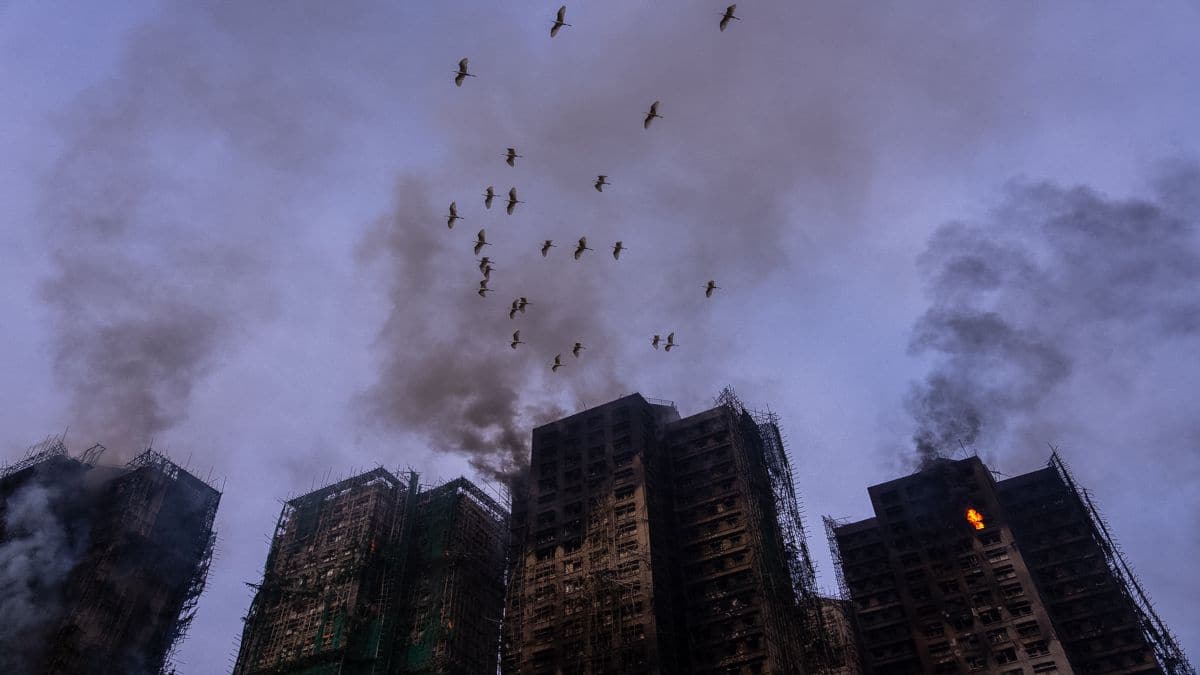
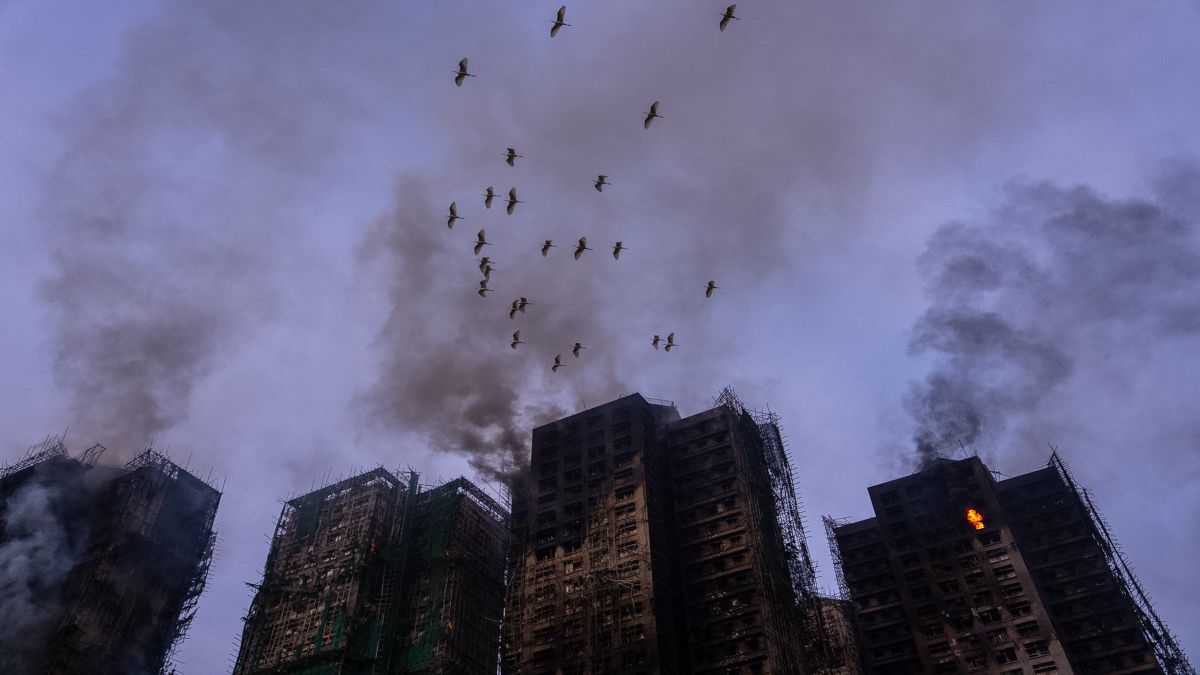)
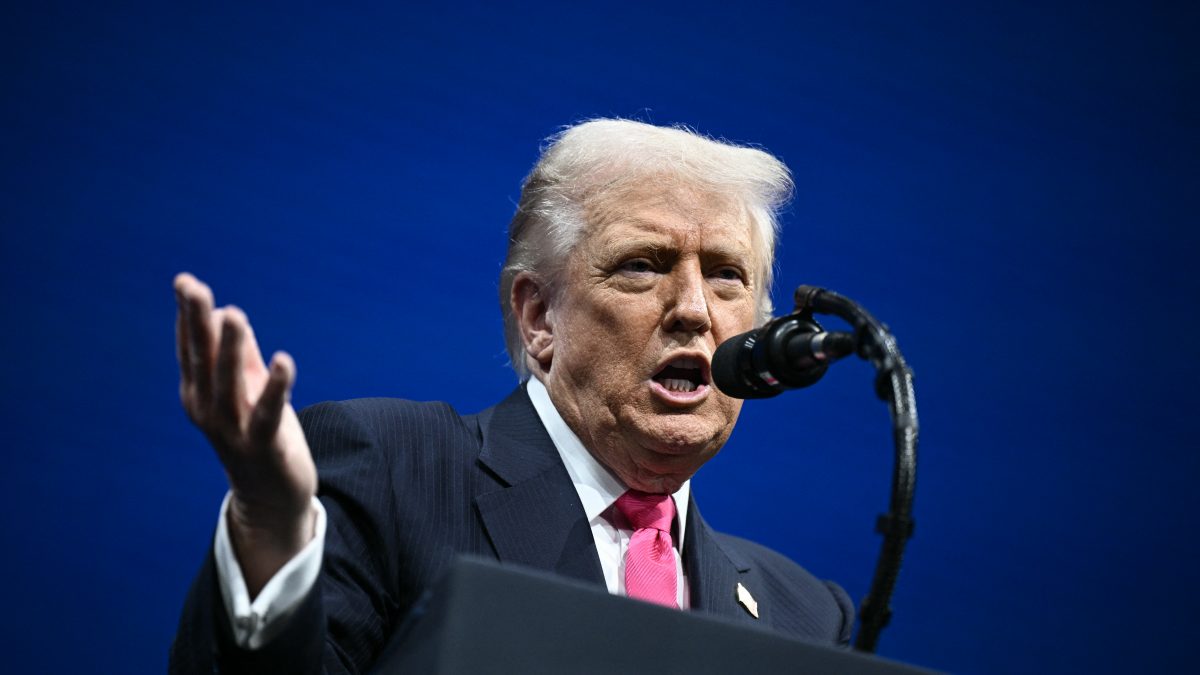)
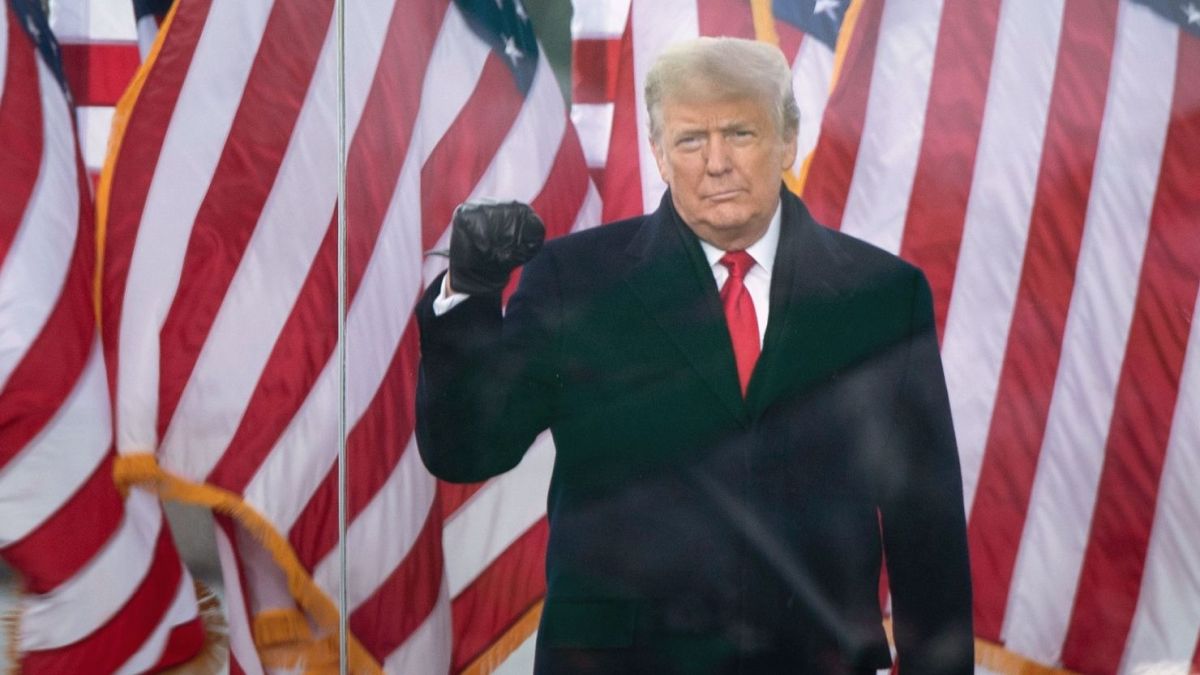)
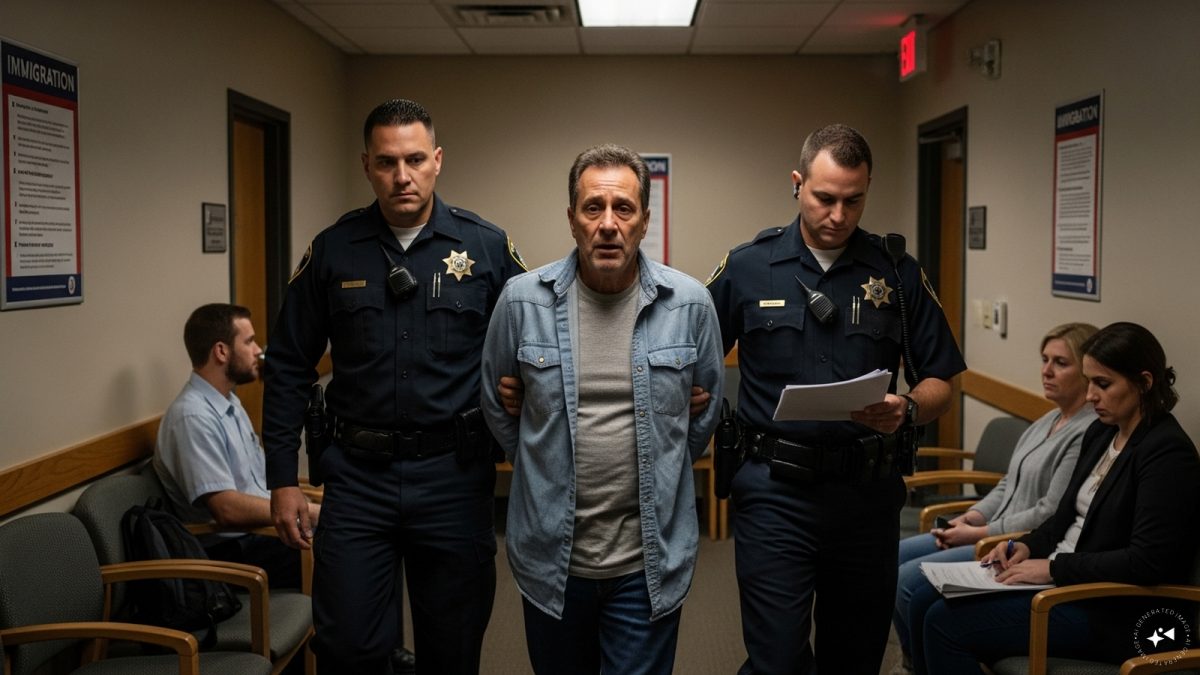)
)
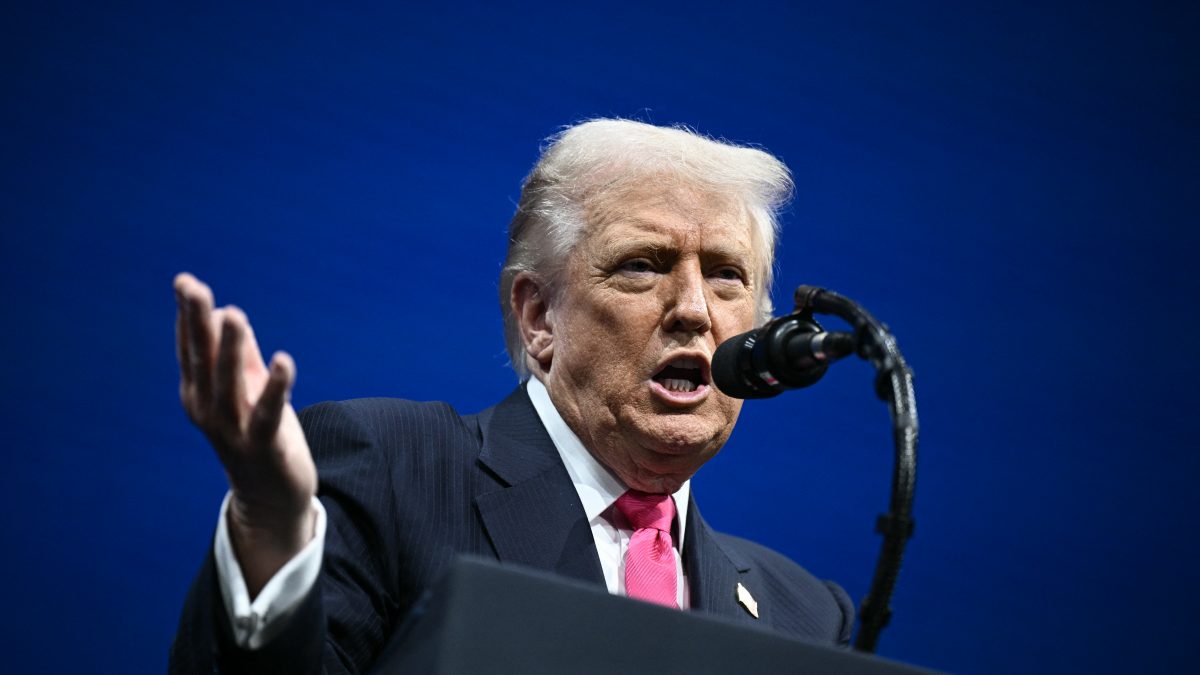)
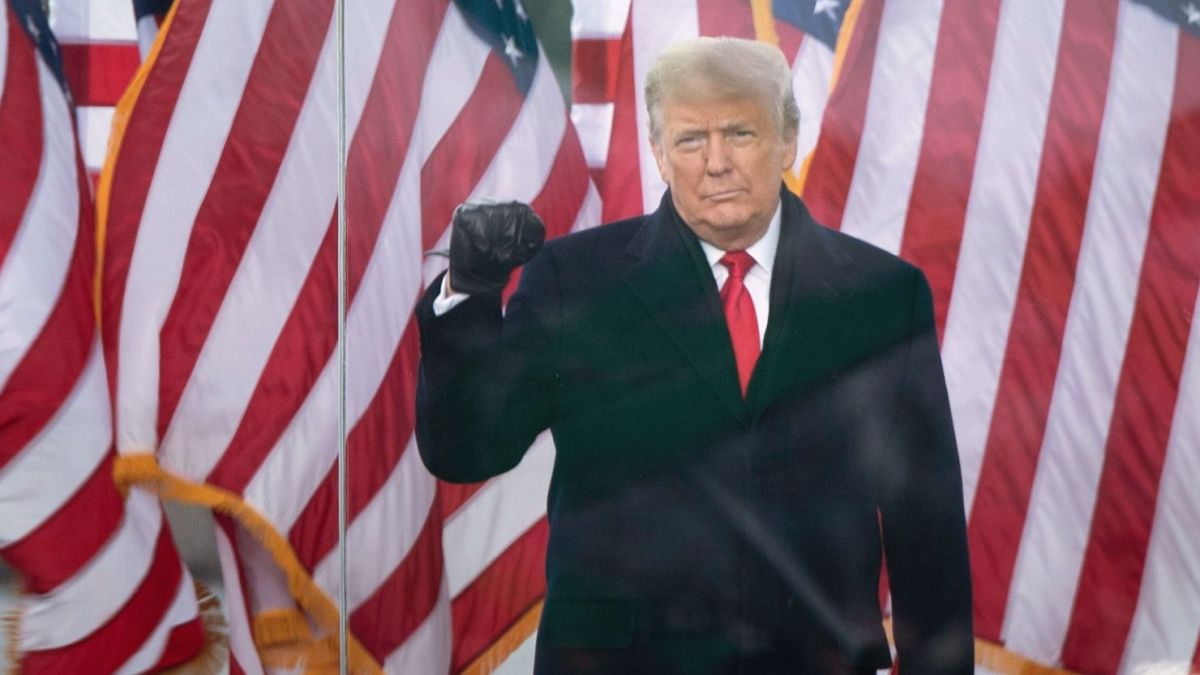)
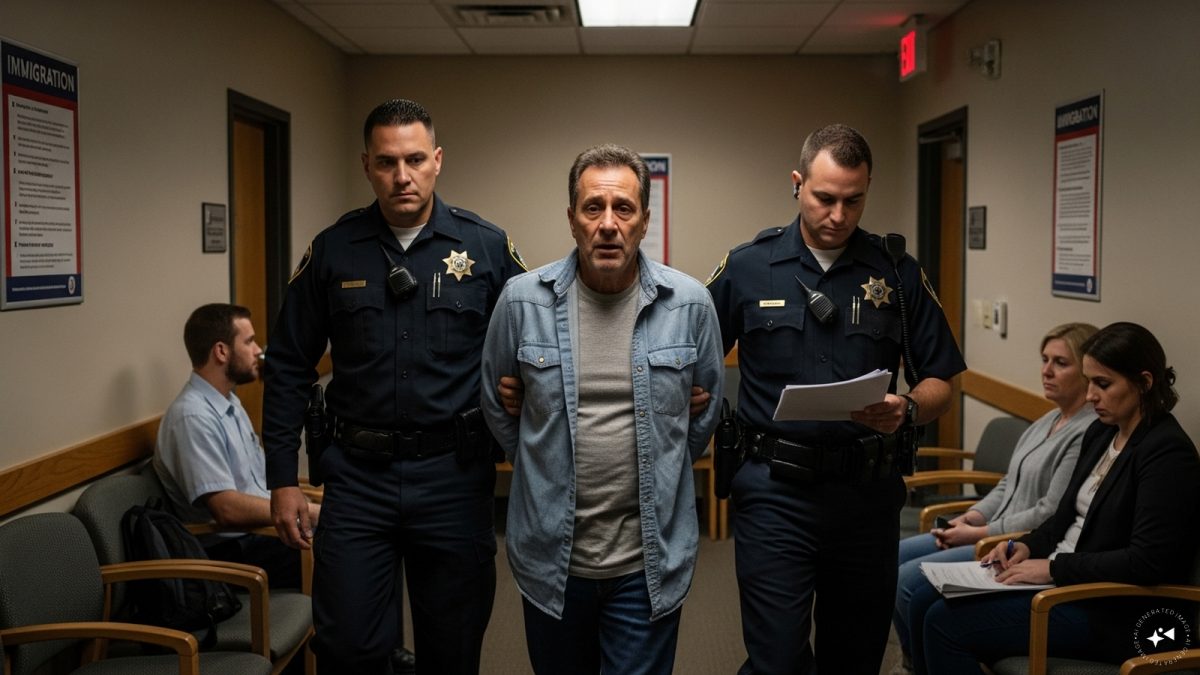)



